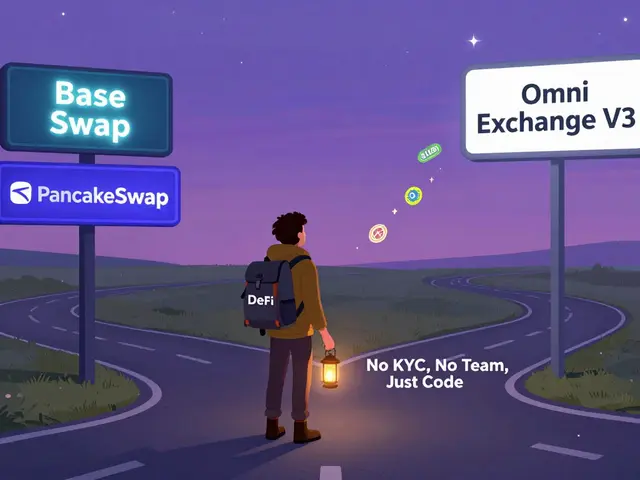Security Tokens: The Bridge Between Traditional Finance and Crypto
When working with security tokens, digital assets that represent ownership in real‑world securities and are issued on a blockchain. Also known as tokenized securities, they blend traditional finance rules with crypto flexibility. Think of them as stock certificates that live on a decentralized ledger. Security tokens let issuers tap into global markets while staying under securities law. They encompass regulated digital assets backed by equity, debt, real‑estate or even revenue streams, so investors get the same legal protections as with conventional securities. This fusion creates a new asset class that demands both tech know‑how and legal rigor.
Key Concepts Behind Security Tokens
One of the main ways these assets reach investors is through a Security Token Offering (STO), a fundraising method that complies with securities regulations while using blockchain distribution. An STO requires a thorough Compliance (KYC/AML), identity verification and anti‑money‑laundering checks that protect both issuers and buyers. The relationship is clear: security token offerings need strict compliance checks, and compliance frameworks directly influence the success of security tokens. Beyond the offering stage, investors look for custodial solutions that meet regulatory standards, such as licensed custodians or multisig wallets that keep private keys split among trusted parties. Multisig wallets, for example, are essential for DAO treasury security and provide an extra layer of protection for token holders.
Practical evaluation starts with the token standard. Most security tokens follow ERC‑1400 or similar protocols that embed transfer restrictions, dividend distribution and reporting features. Knowing the standard helps you assess audit trails, voting rights and whether the token can be listed on regulated exchanges. You also want to check if the issuer has partnered with a reputable auditor—think of the XTUSD stablecoin audit as a benchmark for transparency. Finally, look at the legal jurisdiction: projects that align with clear securities laws, like those highlighted in our guides on DAO treasury security or crypto compliance in various countries, tend to offer smoother investor experiences. The articles below dive into real‑world examples, from airdrop safety tips to mining‑friendly jurisdictions, giving you the context you need to decide whether a security token fits your portfolio.
Future of Security Token Markets: 2025‑2030 Outlook
Explore how security token markets could grow from $250bn to $30tn by 2030, driven by regulation, institutional money, and blockchain tech.





